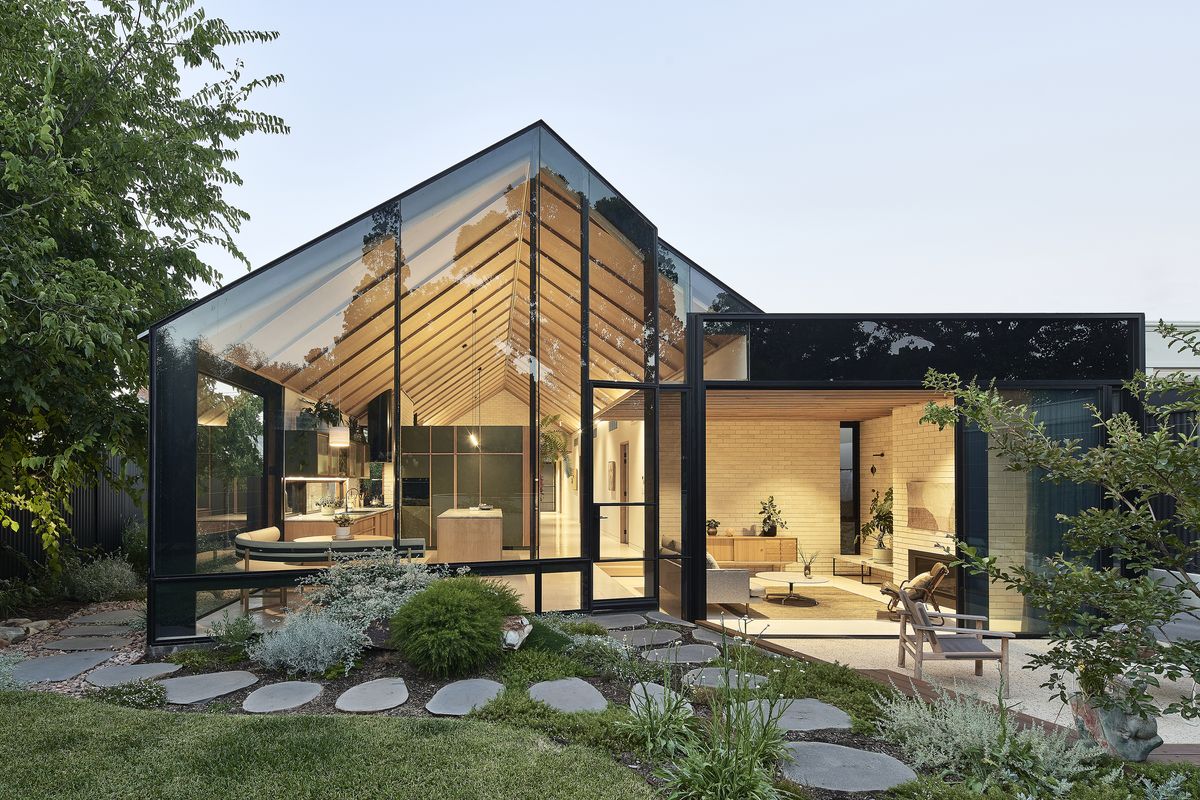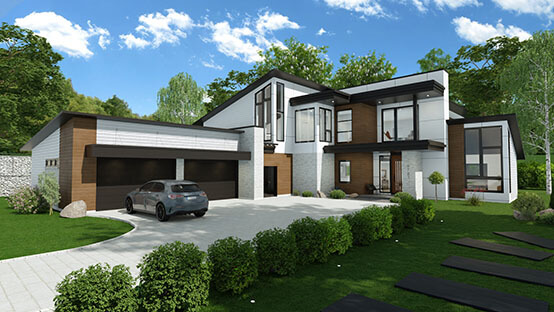How Residential Architects Develop Personalized Residences for each Way Of Living
The process through which property architects style customized homes is a nuanced interplay of comprehending client requirements and translating those understandings right into useful space. Through detailed consultations and the usage of design devices, designers capture the essence of their customers' lifestyles, making sure that each home reflects personal worths and goals. This collaborative approach prolongs past initial concepts, incorporating ingenious modern technologies and sustainable techniques to boost everyday living. As we explore the detailed steps associated with this transformative procedure, a much deeper appreciation for the designer's role in forming one-of-a-kind environments begins to emerge.
Understanding Client Requirements

Reliable communication is extremely important in this process. Engineers should motivate customers to verbalize their way of livings, household dynamics, and future aspirations, guaranteeing that the layout reflects their distinct identity. By using tools such as sets of questions, interviews, and visual studies, designers can collect important insights right into the client's vision.
Moreover, recognizing the context in which a home will exist is necessary. Architects must think about variables such as the site qualities, regional environment, and social impacts that can impact the design. This alternative strategy enables the creation of areas that are not only visually pleasing yet sustainable and likewise practical.
Eventually, a deep understanding of customer requires makes it possible for engineers to develop customized homes that improve the lifestyle for their occupants, fostering a sense of belonging and comfort within their living environments.
Design Process and Cooperation
The layout procedure in residential architecture is a vibrant interaction of creative thinking and cooperation, where architects, customers, and various stakeholders work carefully to bring a vision to life. This repetitive trip generally begins with a series of conferences to develop a thorough understanding of the customer's desires, preferences, and lifestyle requirements. Throughout these conversations, designers gather important information, enabling them to conceive styles that line up with the client's vision.
Adhering to the first examinations, the style phase evolves via illustrations, 3D models, and building makings. This visual communication functions as a tool for architects to existing concepts, while also welcoming client feedback, making certain that the final layout resonates with their expectations. Reliable partnership with designers, service providers, and indoor designers is critical throughout this stage, as it makes certain that all practical aspects of the task are perfectly integrated.

Incorporating Way Of Life Aspects
Incorporating lifestyle elements right into household layout is crucial for developing areas that really resonate with the occupants. residential architecture homes. This process begins with understanding the distinct requirements, preferences, and day-to-day regimens of the house owners. Architects take part in thorough discussions to uncover how the specific or household uses their room, whether for amusing guests, seeking pastimes, or seeking silent resort
Once these understandings are gathered, engineers can customize layout functions that enhance day-to-day experiences. As an example, open layout may be made for households that focus on togetherness, while devoted workspaces can be incorporated for those who function from home. Outdoor locations, such as yards or patios, can be highlighted for families that take pleasure in outdoor activities or enjoyable.
Furthermore, adaptability is an essential factor to consider; multi-functional spaces permit flexibility as lifestyles develop over time. Customized storage space solutions can likewise be included to meet particular company requirements, making certain that the home stays clutter-free and functional. Eventually, by attentively weaving lifestyle elements right into the building fabric, domestic engineers develop customized homes that not only meet aesthetic needs yet also considerably improve the lifestyle for their customers.
Lasting and Smart Layout
Wise and lasting layout significantly plays a pivotal role in domestic architecture, as house owners look for to lessen their ecological influence while boosting their living experiences. Engineers are currently incorporating eco-friendly materials, energy-efficient systems, and innovative technologies to create homes that not just fulfill visual needs however likewise serve the planet.
Incorporating renewable energy resources, such as photovoltaic panels and wind generators, enables property owners to harness natural resources, significantly reducing dependence on typical power grids. Smart home modern technologies additionally enhance sustainability additional hints by optimizing power use with automated systems that regulate illumination, heating, and air conditioning based upon occupancy and choices.
Additionally, making use of lasting building materials-- like redeemed wood, bamboo, and reused steel-- promotes a round economic situation, decreasing waste and source intake. Designers also highlight passive layout principles, guaranteeing homes are oriented for optimum natural light and air flow, consequently reducing the demand for synthetic cooling and heating.
In enhancement to eco-friendly benefits, lasting and smart style adds to the general comfort and wellness of citizens. By focusing on indoor air top quality and natural aspects, architects produce spaces that cultivate well-being, enabling homeowners to prosper in consistency with their environment.
Wrapping Up and Implementing Plans
Settling and applying plans is an essential phase in the domestic style procedure, where the vision of a customized home starts to materialize. This stage includes thorough attention to detail, making sure that every facet of the layout is specifically expressed and ready for building. residential architecture homes. Designers team up very closely with customers to review final strategies, addressing any last-minute modifications or worries, while making certain that all components straighten with the homeowner's way of life demands
As soon as strategies are wrapped up, engineers prepare thorough building and construction records, consisting of in-depth illustrations and specs that offer as a plan for home builders. These papers detail materials, surfaces, and installment approaches, giving quality for subcontractors and service providers. In addition, protecting needed licenses and sticking to regional building regulations is vital, as it guarantees compliance and smooth task implementation.
Efficient communication is essential throughout this stage. Routine updates this page and conversations with builders aid to mitigate potential issues before they arise. By fostering a collaborative environment, engineers can ensure that the implementation lines up with the initial vision. Eventually, this essential stage transforms concepts right into reality, laying the structure for a home that shows the unique lifestyle and preferences of its inhabitants.
Verdict
Finally, household designers play a crucial role in crafting personalized homes that deal with diverse way of lives. Via precise understanding of customer demands, collaborative style procedures, and the integration of way of life components, architects guarantee that each home mirrors specific choices. The incorporation of lasting techniques and smart innovations even more improves capability and ecological responsibility. Ultimately, the efforts of property engineers finish in the realization of personalized home that advertise convenience and health for their citizens.
The process by which property designers style personalized homes is a nuanced interplay of understanding client needs and converting those understandings into functional living spaces. Through comprehensive consultations and the usage of layout devices, designers capture the significance of their customers' way of livings, making sure that each home shows personal values and desires. Designers must encourage customers to express their way of lives, family characteristics, and future desires, making certain that the style reflects their special identity.The layout procedure in domestic architecture is a vibrant interplay of creativity and cooperation, where engineers, clients, and numerous stakeholders function closely to bring a vision to life - residential architecture homes. Via careful understanding of More Help client demands, collective layout processes, and the integration of way of life elements, designers guarantee that each home reflects specific choices
Comments on “Residential House Architect: Creating Unique Homes with Attention to Detail”